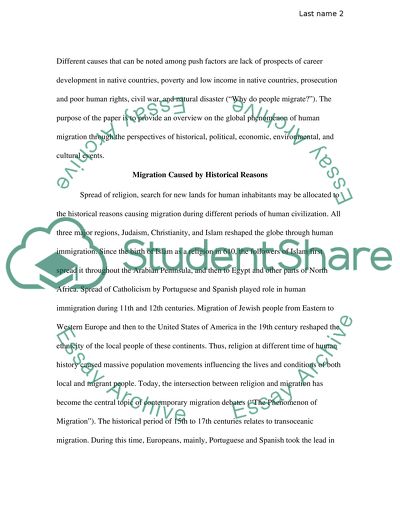Cite this document
(“Migration Research Paper Example | Topics and Well Written Essays - 1750 words”, n.d.)
Migration Research Paper Example | Topics and Well Written Essays - 1750 words. Retrieved from https://studentshare.org/macro-microeconomics/1645051-migration
Migration Research Paper Example | Topics and Well Written Essays - 1750 words. Retrieved from https://studentshare.org/macro-microeconomics/1645051-migration
(Migration Research Paper Example | Topics and Well Written Essays - 1750 Words)
Migration Research Paper Example | Topics and Well Written Essays - 1750 Words. https://studentshare.org/macro-microeconomics/1645051-migration.
Migration Research Paper Example | Topics and Well Written Essays - 1750 Words. https://studentshare.org/macro-microeconomics/1645051-migration.
“Migration Research Paper Example | Topics and Well Written Essays - 1750 Words”, n.d. https://studentshare.org/macro-microeconomics/1645051-migration.


